Creating a serene and pleasant bedroom environment is essential for rest and relaxation, and the addition of plants can significantly enhance the atmosphere. While many associate plants with light-filled spaces, there are a surprising number of low-light fragrant plants that thrive in dim bedrooms while adding soothing aromas. Whether you live in an apartment with limited sunlight or prefer soft ambient lighting, these botanical companions can transform your bedroom into a calming sanctuary. This article explores the best low-light fragrant plants, how to care for them, and layout tips to maximize their impact.
Why Choose Low-Light Fragrant Plants for Bedrooms?
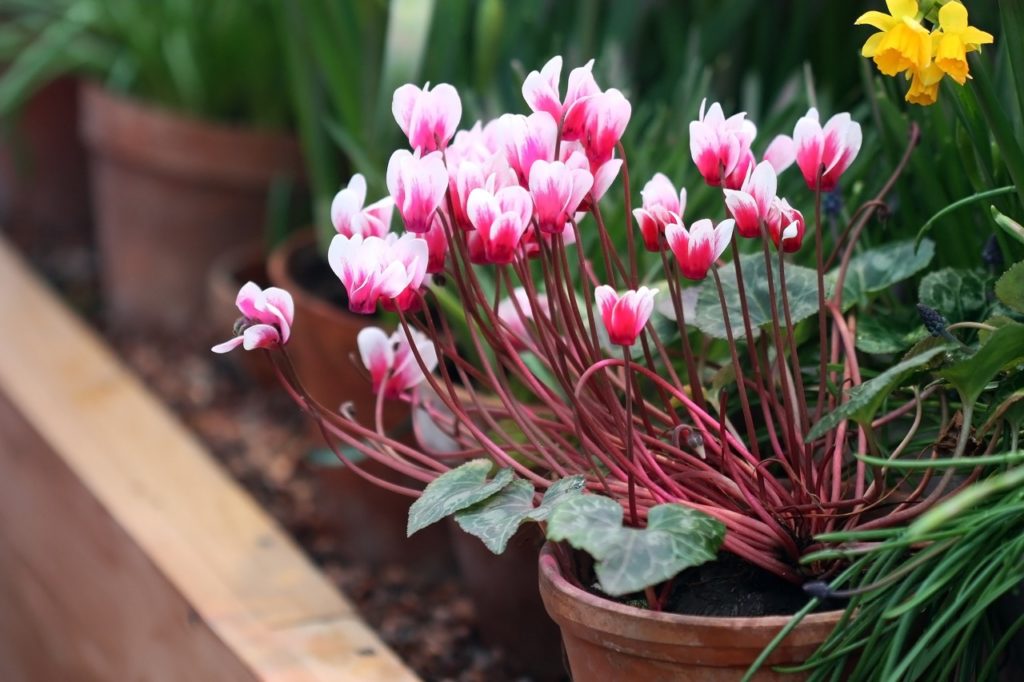
Bedrooms often have lower light levels than other areas of a home, especially if windows face north or are blocked by surrounding buildings. Selecting plants that do not require bright sunlight helps them thrive without stress. Additionally, incorporating fragrance can promote better sleep, reduce stress, and elevate mood.
Benefits include:
- Improved air quality
- Gentle, soothing aromas for sleep
- Aesthetic and natural décor
- Minimal maintenance requirements
Top Low-Light Fragrant Plants for Bedrooms
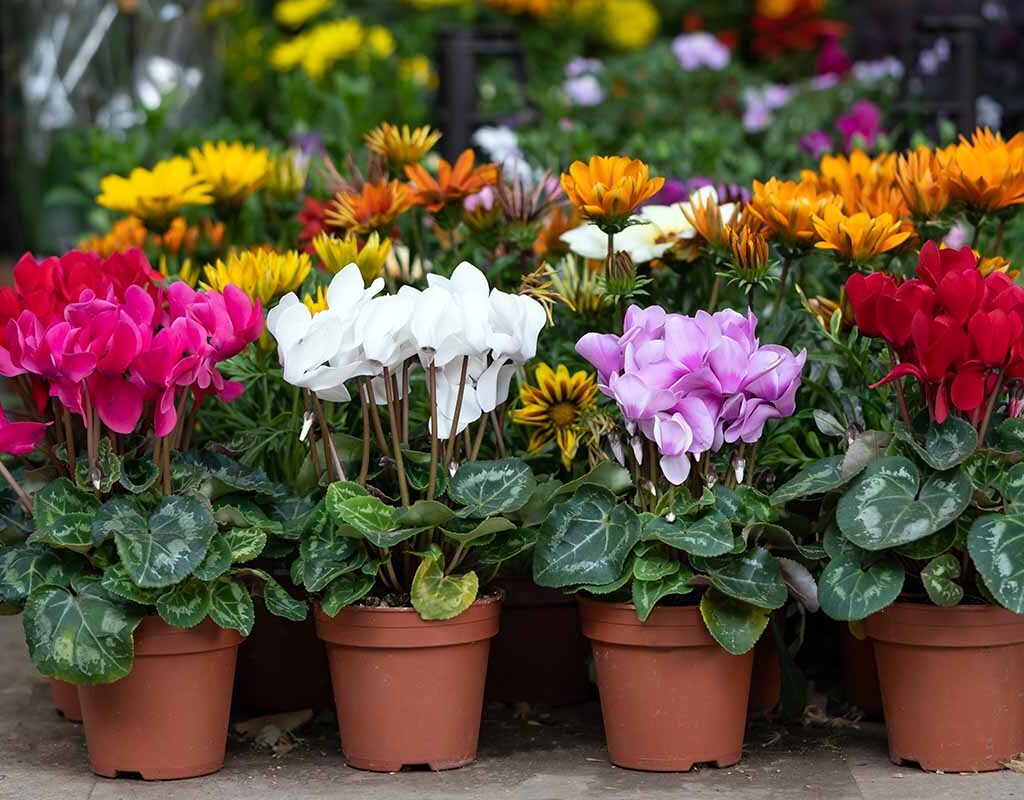
1. Jasmine (Jasminum sambac)
Jasmine is a favorite for its sweet and romantic scent, often strongest at night. While most jasmine varieties prefer bright light, the Arabian Jasmine (Jasminum sambac) can tolerate partial shade and still bloom indoors.
Light Needs: Indirect light or filtered sunlight
Watering: Keep soil moist, but not soggy
Scent Profile: Sweet, floral, exotic
Bedroom Tip: Place it near a window that gets dappled light during the day. Its relaxing scent can help improve sleep quality.
2. Peace Lily (Spathiphyllum wallisii)
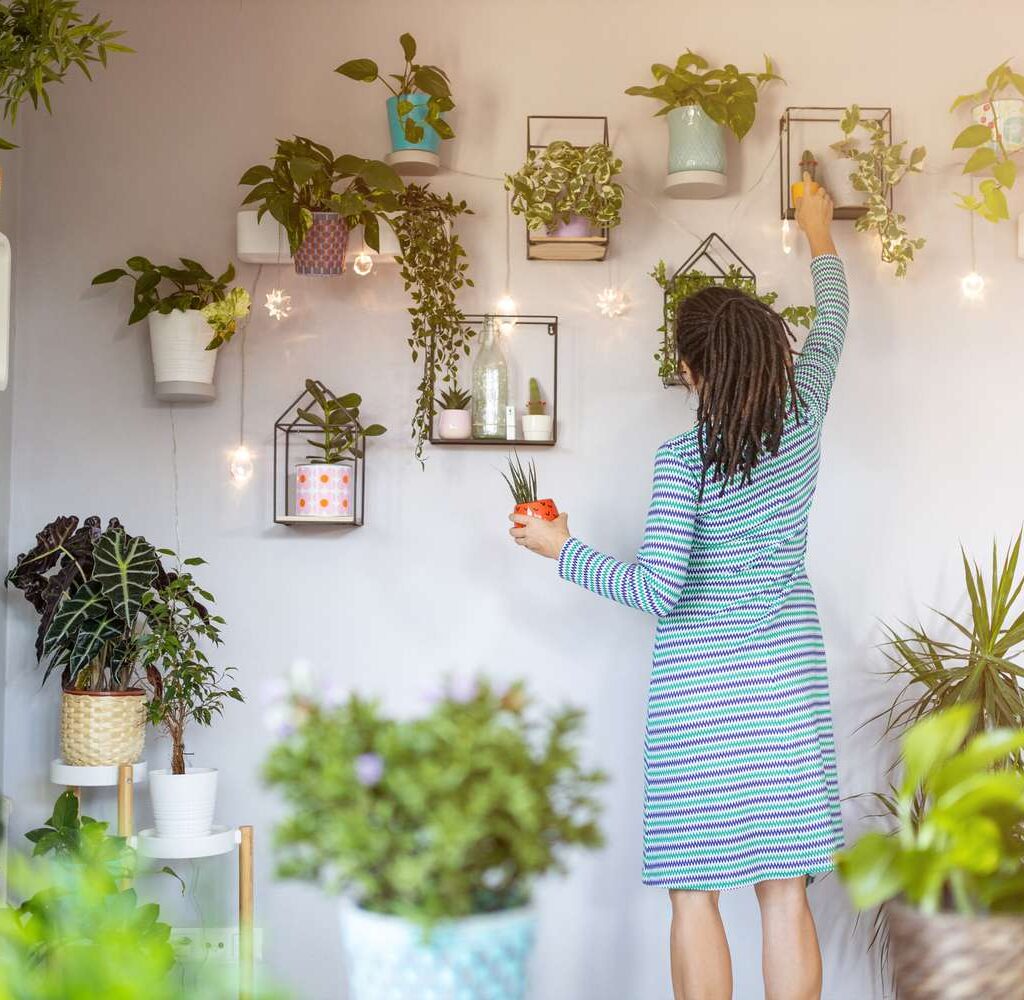
While primarily known for its air-purifying abilities and elegant white blooms, Peace Lily gives off a light, clean fragrance that blends well in bedroom settings.
Light Needs: Low to medium light
Watering: Weekly; allow soil to dry slightly between waterings
Scent Profile: Subtle, fresh, slightly floral
Bedroom Tip: Ideal for corners or side tables; great for minimalist bedroom themes.
3. Gardenia (Gardenia jasminoides)
Gardenias are luxurious plants with creamy-white flowers and a strong, sweet perfume. They’re often considered challenging, but with a bit of attention, they can thrive in medium-low indoor light.
Light Needs: Bright indirect or filtered light
Watering: Keep soil evenly moist and provide humidity
Scent Profile: Intense, sweet, slightly citrusy
Bedroom Tip: Best placed near windows; consider using a humidity tray to maintain optimal conditions.
4. Lavender (Lavandula angustifolia – dwarf varieties)
While traditional lavender thrives in full sun, some compact and dwarf varieties can adapt to indoor life with partial light, especially near east-facing windows.
Light Needs: Moderate, indirect light
Watering: Allow soil to dry between watering
Scent Profile: Herbal, clean, calming
Bedroom Tip: Ideal for small pots on nightstands or window sills; aids sleep and relaxation.
5. Valerian (Valeriana officinalis)
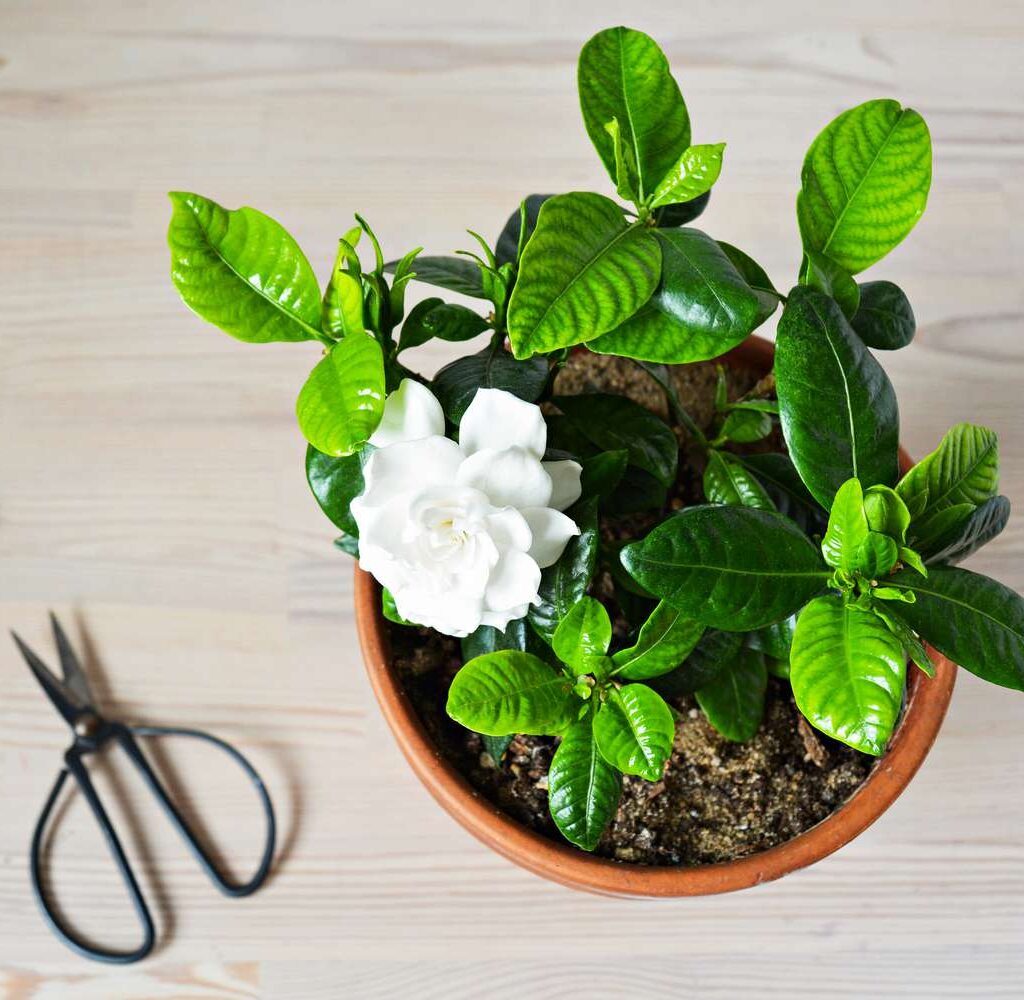
Often used in herbal teas and sleep supplements, valerian also emits a sweet scent from its pink or white flowers and is a great natural sleep aid.
Light Needs: Indirect light; tolerates partial shade
Watering: Keep the soil moist
Scent Profile: Earthy, sweet, medicinal
Bedroom Tip: Consider growing in deeper pots and trimming regularly to encourage airflow.
6. Hoya (Hoya carnosa)
Also known as the Wax Plant, Hoya is a trailing beauty with star-shaped flowers that release a powerful, honey-like fragrance in the evening.
Light Needs: Tolerates low to medium light
Watering: Water only when the soil is dry
Scent Profile: Sweet, nectar-like, slightly spicy
Bedroom Tip: Perfect for hanging baskets or macrame planters near beds or windows.
7. Snake Plant (Sansevieria trifasciata – var. Moonshine)
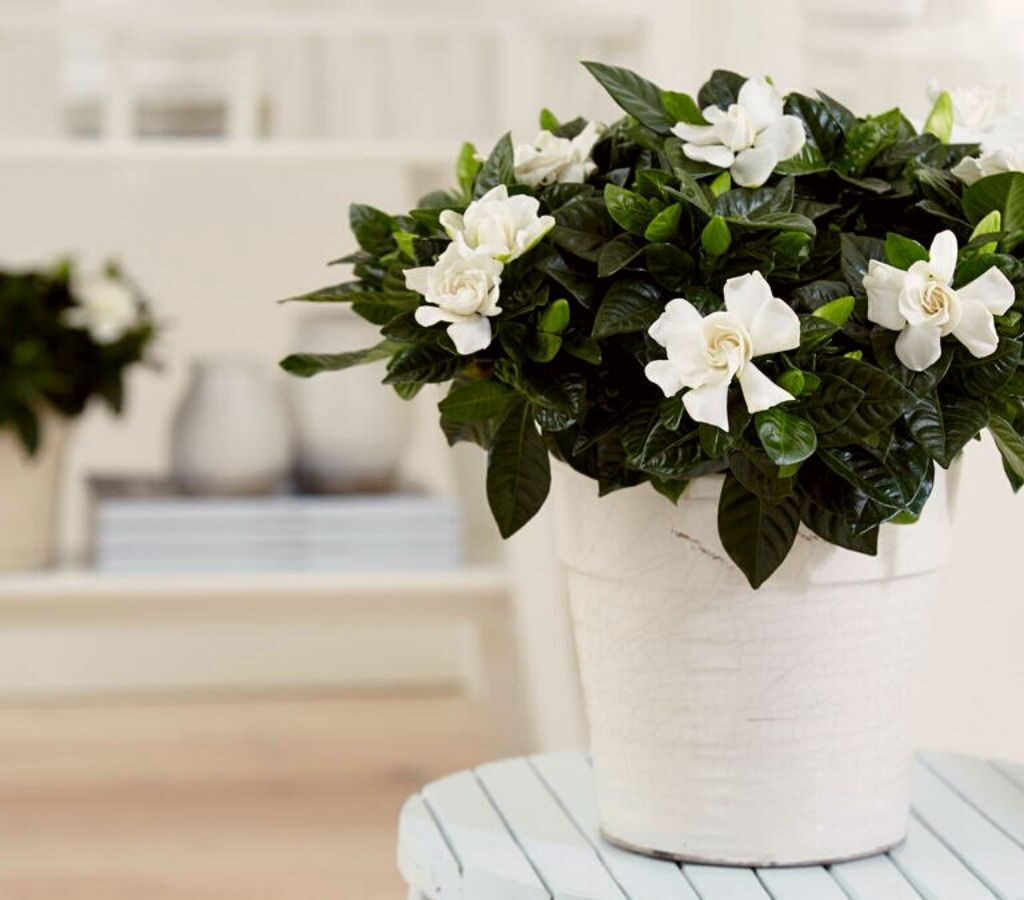
Though not widely known for fragrance, some snake plant varieties give off a faint fresh scent at night while purifying air exceptionally well.
Light Needs: Very low to medium light
Watering: Infrequently; every 2–3 weeks
Scent Profile: Clean, faintly grassy
Bedroom Tip: Great for tight spaces, bookshelves, or corners; adds vertical interest.
8. Night Blooming Cereus (Epiphyllum oxypetalum)
Also called the Queen of the Night, this cactus-like succulent opens its huge, fragrant flowers only at night—usually once or twice a year.
Light Needs: Low to bright indirect light
Watering: Let soil dry between watering
Scent Profile: Sweet, intoxicating floral scent
Bedroom Tip: Place near south-facing window or under grow light; a rare and beautiful nighttime showpiece.
Caring for Fragrant Plants in Low Light
To help your plants thrive indoors, especially in low-light environments, follow these key care tips:
1. Use the Right Containers
Ensure containers have drainage holes to prevent root rot. Decorative pots with inner liners are ideal for bedroom aesthetics.
2. Manage Humidity
Some fragrant plants, like Gardenia and Jasmine, need extra humidity. Use pebble trays, misting, or a small room humidifier.
3. Rotate Regularly
Rotate plants every few weeks to ensure even growth, especially if placed near limited light sources.
4. Clean Leaves
Dust can block photosynthesis. Gently wipe leaves with a damp cloth to keep them healthy and vibrant.
5. Use Natural Fertilizers
Every 4–6 weeks, use mild organic fertilizer to maintain plant health and enhance flowering.
Bedroom Design Tips Using Fragrant Plants
1. Create a Scent Zone
Cluster 2–3 fragrant plants with complementary scents in one corner to form a calming scent zone near your sleeping area.
2. Nightstand Oasis
Choose compact fragrant varieties like lavender or hoya for nightstands to gently release aroma near your pillow.
3. Hanging Gardens
Utilize ceiling space with hanging planters for trailing fragrant plants like hoya, avoiding clutter on flat surfaces.
4. Windowsill Fragrance Line
Line your windowsill with low-light fragrant plants that catch whatever sunlight is available during the day.
5. Vertical Plant Shelves
Add floating shelves or narrow plant racks to introduce layers of greenery without taking up floor space.
Combining Fragrance with Wellness
Fragrant plants not only enhance bedroom aesthetics but also align with wellness trends like aromatherapy and biophilic design. Their gentle scents can:
- Reduce anxiety
- Enhance sleep quality
- Improve concentration
- Promote a peaceful mood upon waking
Lavender and valerian, for example, are proven natural sleep aids. Peace Lily and Snake Plant purify indoor air, creating a healthier sleeping environment overall.
Conclusion
You don’t need a sun-drenched room to enjoy the beauty and benefits of fragrant plants. With the right selection and care, low-light plants can transform your bedroom into a sanctuary of scent and serenity. Whether you favor the sweet perfume of jasmine, the calming herbal tones of lavender, or the unique evening bloom of the Night Queen, there’s a fragrant plant to suit your style and space.

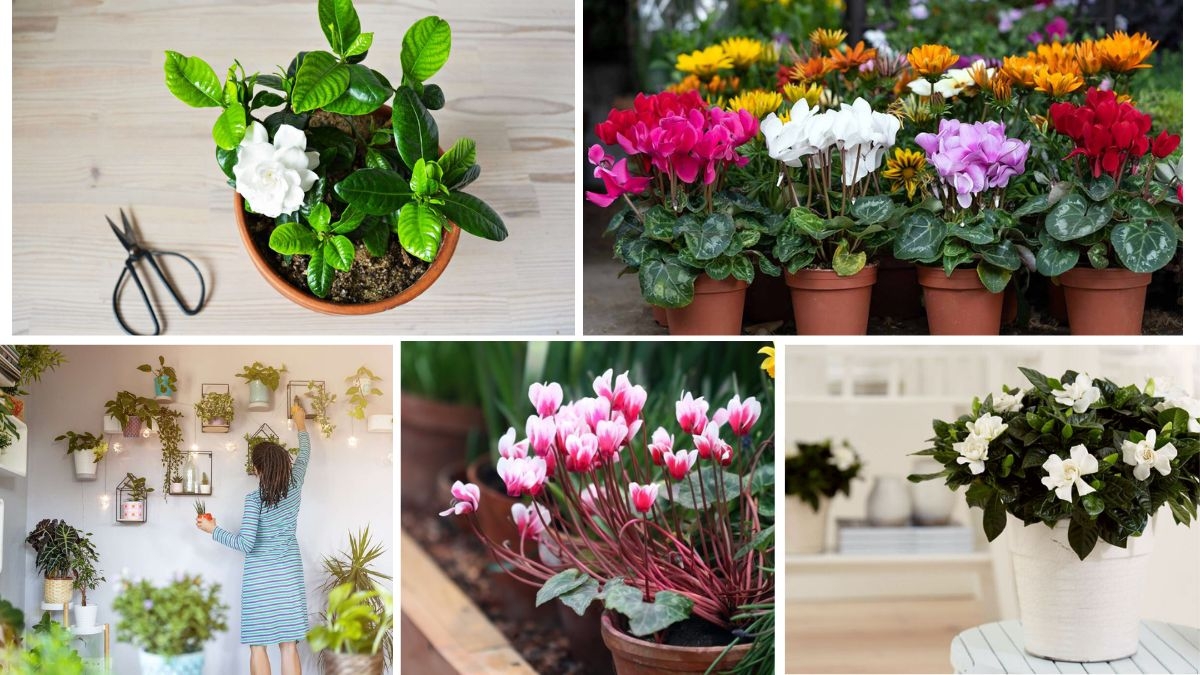



Leave A Comment